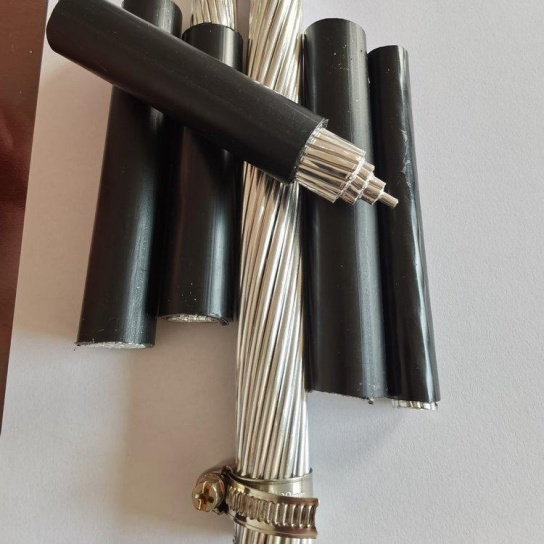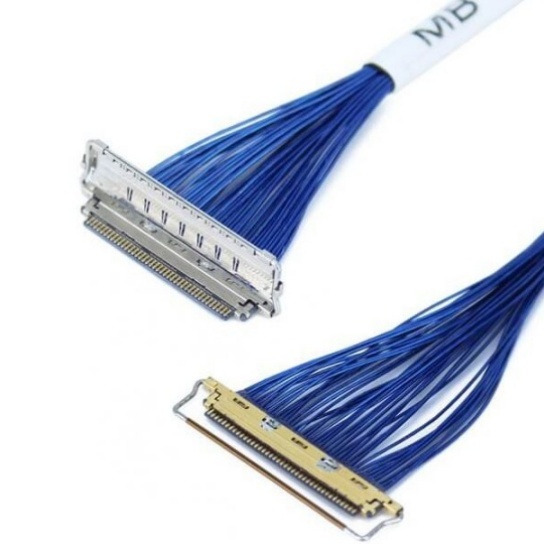What Are the Functions of Aircraft Cables
- Power Transmission
Aircraft cables deliver electrical power to essential systems:
Engines and Auxiliary Power Units (APUs): High-voltage cables supply power to start engines and maintain APU operations.
Lighting Systems: Cables power cockpit instruments, cabin lighting, and exterior navigation lights.
Galley and Passenger Services: Provide electricity for in-flight entertainment, Wi-Fi, and kitchen equipment.
Key Materials: High-temperature-resistant conductors (e.g., nickel-plated copper) and insulation (e.g., PTFE) ensure reliability under extreme conditions.
2. Signal Communication
Cables transmit analog and digital signals for real-time control and monitoring:
Flight Control Systems: Send signals from pilot inputs (e.g., yokes, pedals) to actuators controlling ailerons, rudders, and elevators.
Engine Monitoring: Relay data on temperature, pressure, and fuel flow to cockpit displays.
Navigation and Radar: Connect GPS, altimeters, and weather radar systems to avionics computers.
Standards: Shielded twisted-pair cables (MIL-DTL-27500) minimize electromagnetic interference (EMI).
3. Data Transmission
Modern aircraft rely on cables for high-speed data exchange:
Avionics Networks: Ethernet cables (e.g., ARINC 664) link flight management systems (FMS), autopilot, and collision avoidance systems.
In-Flight Diagnostics: Transmit real-time health data to maintenance teams via onboard sensors.
Black Box Connectivity: Cables connect flight data recorders (FDRs) and cockpit voice recorders (CVRs) to sensors across the aircraft.
4. Safety and Redundancy
Cables are integral to fail-safe systems:
Emergency Systems: Power emergency lighting, oxygen masks, and evacuation slide mechanisms.
Fire Detection and Suppression: Connect smoke detectors and fire extinguisher actuators in cargo holds and engines.
Redundant Pathways: Critical systems (e.g., hydraulics, flight controls) use redundant cables to ensure functionality if a primary line fails.
5. Structural and Environmental Adaptability
Aircraft cables are engineered to withstand harsh operational environments:
Vibration Resistance: Flexible jackets and braided shields protect against engine and aerodynamic vibrations.
Temperature Tolerance: Cables in engine bays or near exhausts use materials like silicone or ceramic fiber to endure temperatures from -65°C to 260°C (-85°F to 500°F).
Chemical and Moisture Resistance: Fluoropolymer coatings (e.g., FEP) prevent degradation from fuel, hydraulic fluids, and humidity.
6. Weight Optimization
Aircraft design prioritizes weight reduction for fuel efficiency:
Lightweight Conductors: Aluminum or copper-clad aluminum (CCA) cables reduce mass without compromising conductivity.
Miniaturized Connectors: Smaller, high-density connectors (e.g., MIL-DTL-38999) minimize wiring bulk.
7. Compliance with Aviation Standards
Cables must meet rigorous certification requirements:
Fire Safety: FAA and EASA regulations (e.g., FAR 25.853) mandate flame-retardant, low-smoke materials.
EMI Shielding: Cables in sensitive areas comply with DO-160 standards for electromagnetic compatibility.
Durability Testing: Cables undergo flexing, tensile, and abrasion tests per AS50881 or MIL-W-22759.
Case Study: The Role of Cables in the Boeing 787 Dreamliner
The 787 uses advanced fiber-optic cables for:
Reducing weight by 50% compared to traditional copper wiring.
Enhancing data speeds for in-flight systems and passenger connectivity.
Improving resistance to EMI in its all-electric architecture.






